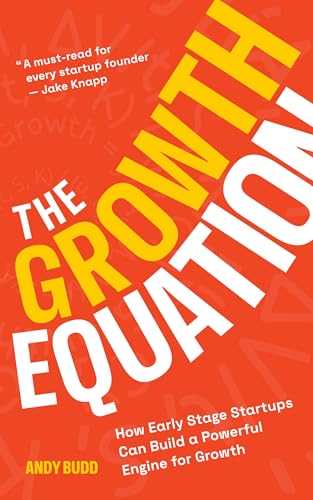The Growth Equation: How Early Stage Startups Can Build a Powerful Engine for Growth
amazon.com
The Growth Equation: How Early Stage Startups Can Build a Powerful Engine for Growth

Figure 3.2: Image from Lenny Rachitsky showing how different startups landed their first customers.
People who build MLPs realize the importance of a great experience, so they’re focused on building the smallest possible product their users can fall in love with and then expanding out from there.
In a world of finite people and resources, there is always a limit to how big and fast a company can grow. In the environmental sector, this is known as a system’s Carrying Capacity. In the startup world, we often describe this as your Serviceable Obtainable Market (SOM), which is effectively the percentage of the Total Addressable Market (TAM) you
... See moreEven if you’ve managed to cultivate a large audience of potential buyers, how motivated are they to check out your offering and switch? Have you managed to get your positioning right? Do they understand who you are, what you do, and, crucially, why you’re better than the other solutions out there?
To validate these hunches, you can prime the pumps with an initial burst of traffic and then see which of the various segments you’ve attracted start showing signs of interest. The more variety you have on your waitlist, the more types of people you can talk to in your product discovery calls. That means you can onboard more people and have them
... See moreI think there are a few things that companies regularly get wrong with content marketing. The first one is being overly focused on your solution, to the point of it becoming a hard sell.
One potentially useful tool to help with your Product Hunt campaign is Product Wars 2,7 a predictive analytics tool that reviews the current Product Hunt launches and attempts to estimate what ranking they’ll get. This can help founders explore historic launches, as well as make sure they’ve got enough momentum happening on the day.
founders often want to create a new category in their users’ minds where they are the sole inhabitant. Dana Publicover, a marketer and friend of mine, has been known to tell founders, “You’re not famous enough to invent a new category.” While it sounds a bit direct (she’s American, after all), the sentiment is quite accurate. If you’re already a
... See moreHere are a few more to get you thinking: Get interviewed on a popular newsletter or podcast Convince an influencer to mention you Create a free tool, report, template, or white paper Pick a fight with a big competitor (tread carefully with this approach) Speak at a conference Publish a viral piece of content Do a publicity stunt that lands Create a
... See more